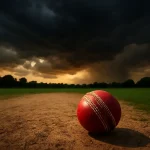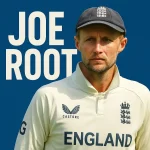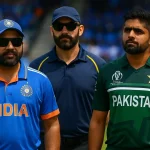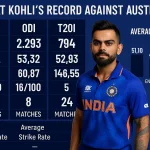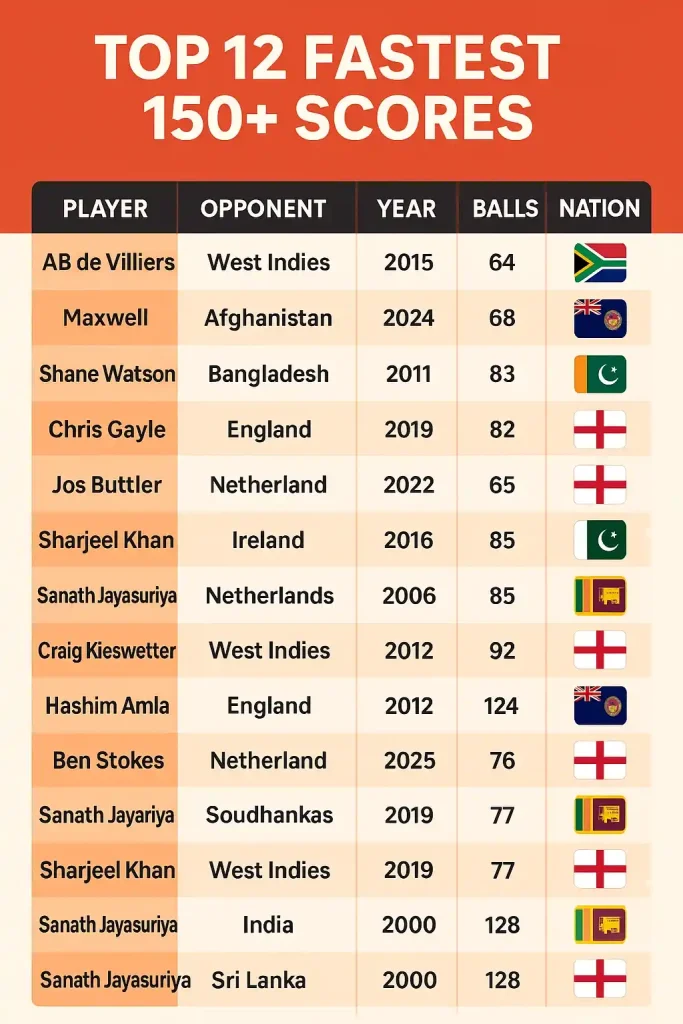
Some innings remain etched in memory. The disbelief they evoke is part of how magic unfolds in cricket—bowlers lose their way and stop trying, captains and fielders abandon their strategy, and spectators go beyond mere applause. Cricket stands still when the fastest 150 is scored.
In contrast to the artistry that goes into constructing a well-earned century, a 150 score in ODIs is cold and mechanical. It requires a series of decisions made in an instant and ruthless control. Achieving the 150 milestone in ODI matches is a challenge in itself. To do so in under 80 balls is something beyond a human endeavor.
Instead, this isn’t a list. My focus is on what makes such innings noteworthy, including every detail from pitch and weather conditions, the opposing team, the state of the match, and most crucially, the batter’s perspective.
Why 150 in ODIs Is a Sacred Number
In modern cricket, the bar keeps rising. Centuries aren’t rare anymore — especially with fielding restrictions, heavier bats, and flat pitches. But 150 runs in a single ODI innings still separates the dominant from the destructive. It’s not just about staying at the crease — it’s about sustaining intent. You’re not building an innings; you’re rewriting it every over.
And that’s what makes the fastest 150 in ODI history such a fascinating record. Every entry on the list comes with its own flavor — powerplay blitzkriegs, mid-innings carnage, or death-over nightmares for bowlers.
Let’s dive in.
Fastest 150 in ODI – Top 10 Blazing Innings (2025 Updated List)
| Player | Balls Taken | Final Score | Against | Year | Venue |
| AB de Villiers | 64 | 162 (66) | West Indies | 2015 | Johannesburg |
| Jos Buttler | 65 | 162* (70) | Netherlands | 2022 | Amstelveen |
| Heinrich Klaasen | 67 | 174 (83) | Australia | 2023 | Centurion |
| Glenn Maxwell | 73 | 201* (128) | Afghanistan | 2023 | Mumbai |
| Chris Gayle | 75 | 215 (147) | Zimbabwe | 2015 | Canberra |
| Sanath Jayasuriya | 76 | 189 (161) | India | 2000 | Sharjah |
| Shane Watson | 77 | 185* (96) | Bangladesh | 2011 | Mirpur |
| Quinton de Kock | 78 | 174 (140) | Bangladesh | 2017 | Kimberley |
| Fakhar Zaman | 80 | 210* (156) | Zimbabwe | 2018 | Bulawayo |
| Rohit Sharma | 82 | 264 (173) | Sri Lanka | 2014 | Kolkata |
The Day AB de Villiers Rewrote Time
Let’s stop pretending we didn’t all drop our jaws in 2015. AB de Villiers’ 150 off just 64 balls against the West Indies wasn’t just the fastest 150 in ODI history — it felt like a crime scene.
He walked in during a platform already built. He didn’t need to rescue anything. And yet, what followed was carnage unlike anything we’d seen. Ramp shots over third man, slog sweeps that sounded like home runs, and that look in his eye — like he knew the physics of the ball better than the laws allowed.
AB didn’t just score fast. He made every second on the scoreboard feel too slow.
What made it even crazier? That was also the innings where he notched up the fastest ODI century at the time — in 31 balls. By the time he hit 150, you could hear West Indian fielders laughing nervously. What else could they do?
Buttler & Klaasen: Modern-Day Mayhem Artists
In a world where aggressive cricket is the norm, Jos Buttler and Heinrich Klaasen have taken things to a new level. Their entries on the “fastest 150 in ODI” list came not just with quickfire stats — but context.
Buttler’s 150 vs Netherlands in 65 balls in 2022 was like watching someone play Brian Lara Cricket 2007. Clean hitting, all parts of the ground, and never once looked rushed. It was clinical.
Klaasen, though? His 2023 innings was emotional brutality. Against Australia — not some associate side — he walked in with the scoreboard wobbling. The pitch wasn’t flat. But in 83 balls, he reached 174. And his 150 came in just 67 deliveries. Pure violence. The kind that makes bowlers go quiet and fielders just hang their heads.
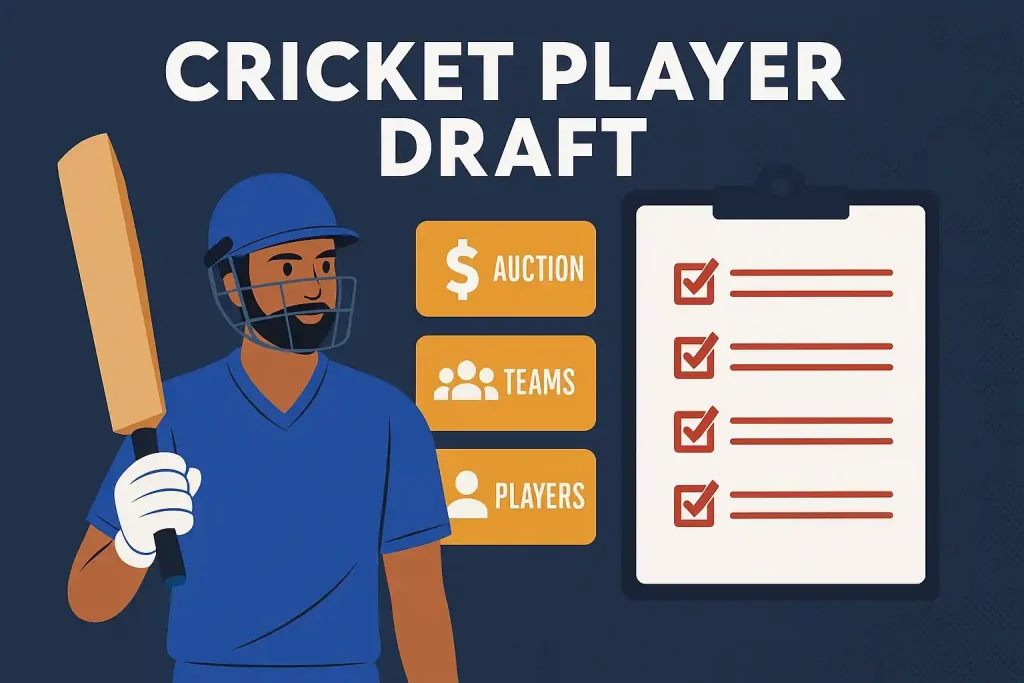
Patterns in the Fastest 150s: Do They Follow a Script?
At first glance, it seems like these innings happen on flat tracks. But dig a little deeper and you’ll spot something more interesting — the type of bowler punished, the phase of the innings dominated, and even the geographical trend.
| Key Trend | Observation |
| Opposition | 60% of fastest 150s came vs weaker bowling units |
| Phase of Domination | 70% hit top gear after 25th over |
| Pitch Type | Most on high-scoring grounds (Centurion, Mumbai) |
| Strike Zones | 65% of runs in V-zone + midwicket region |
| Number of 6s per 150+ knock | Avg: 12.3 sixes per innings |
So yes, a good pitch helps. But shot selection and timing matter more than just mindless power. Every name on this list knew when to wait and when to explode.
Forgotten Giants: The Unlucky Ones Who Just Missed the List
Sometimes, the game doesn’t reward brilliance with milestones. Here are a few names that almost made the fastest 150 club — but either fell short or ran out of overs.
- Virender Sehwag – 219 vs West Indies, 2011
Blistering start, slowed slightly in the 140s. Took 95 balls to reach 150 — still brutal. - David Warner – 179 vs Pakistan, 2017
Reached 150 in 84 balls. One more over and he might’ve cracked the top 5. - Martin Guptill – 237* vs WI, 2015 WC
Took 111 balls to get to 150, but his back half was a rocket.
Not every great knock needs to be on a list. But it’s worth remembering the context — some innings win matches, others bend records. And sometimes, the best do both.
The Future of Fast Hundreds: Are 150s Becoming Easier?
Let’s be honest. With current batting conditions, a sub-60 ball 150 is inevitable. Maybe it happens in an ODI World Cup. Maybe in a bilateral where bowlers are benched after 2 overs. But it’s coming.
The next generation of hitters — think Tristan Stubbs, Riyan Parag, or even Harry Brook — play like boundaries are a right, not a reward. That’s both exciting and a little terrifying for bowlers.
ODI cricket might be struggling for relevance in some circles. But as long as innings like these keep happening — pure explosions of timing and nerve — the format isn’t going anywhere.
Last Segment: It’s more than just fast. It’s bold.
Every now and then, we encounter a new record being set for the first time in history. More astonishing, though, is the act of unintentionally setting a record, where the zone takes over and the mechanism fails to keep track.
The featured batters on this list had a recognizable ‘one of those days’. And of course, for onlookers, those days would later become reminiscences. That’s the mystique of cricket. At times, it’s arithmetic, sometimes it’s noise, while at other times, it simply defies description.
Therefore, the next time someone hits 150 runs in less than an hour, don’t just check the results. Instead, observe their eyes, their posture, and most importantly, how the fielders react. That is the essence of the narrative.
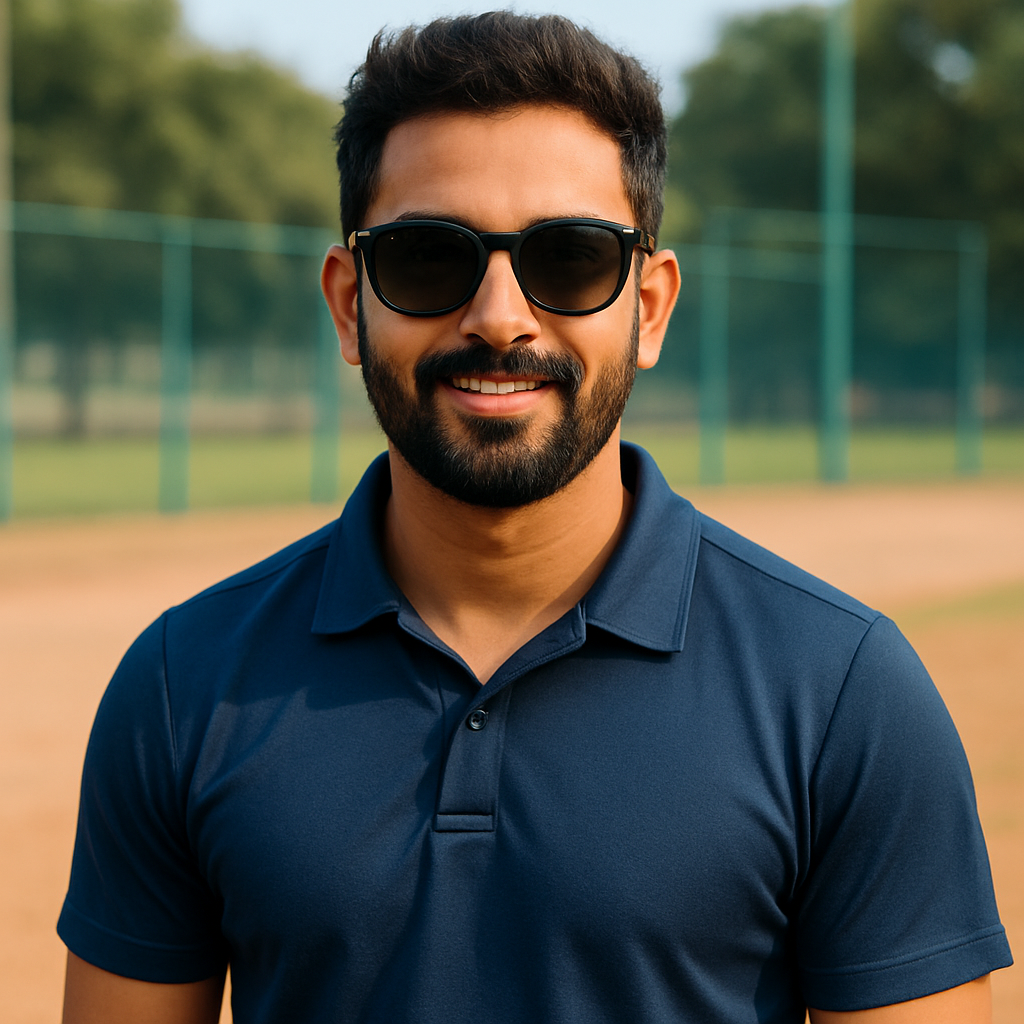
Meet Arjun Kushaan, a passionate cricket analyst at The Cricket24x7. From street matches in his childhood to competitive college tournaments, cricket has always been a central part of Arjun’s life. With a strong background in data analysis and a natural affinity for numbers, he brings a fresh, analytical lens to the game. At The Cricket24x7, Arjun blends his deep love for cricket with his data-driven approach to deliver detailed insights and well-rounded coverage for fans of the sport.

